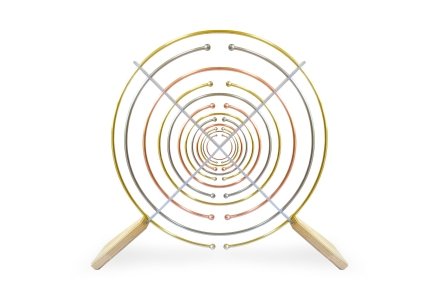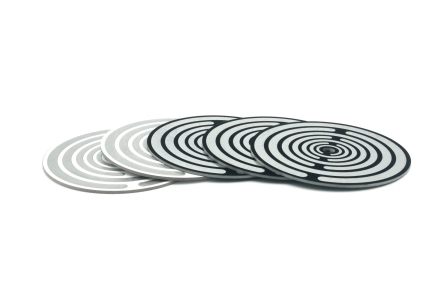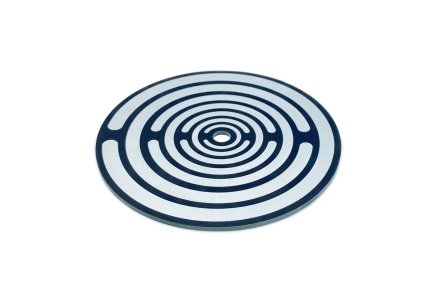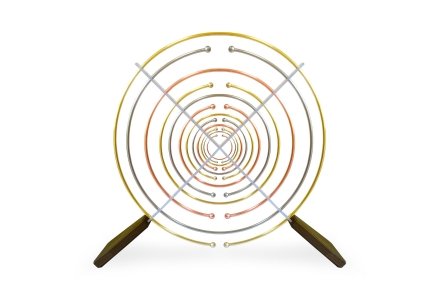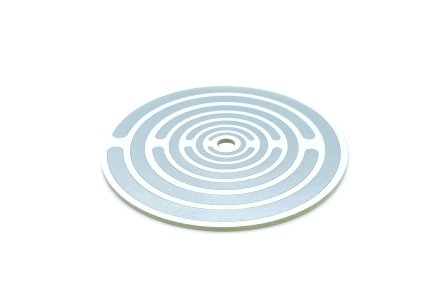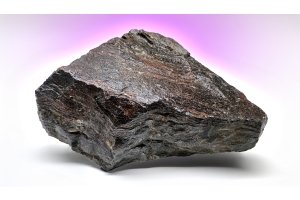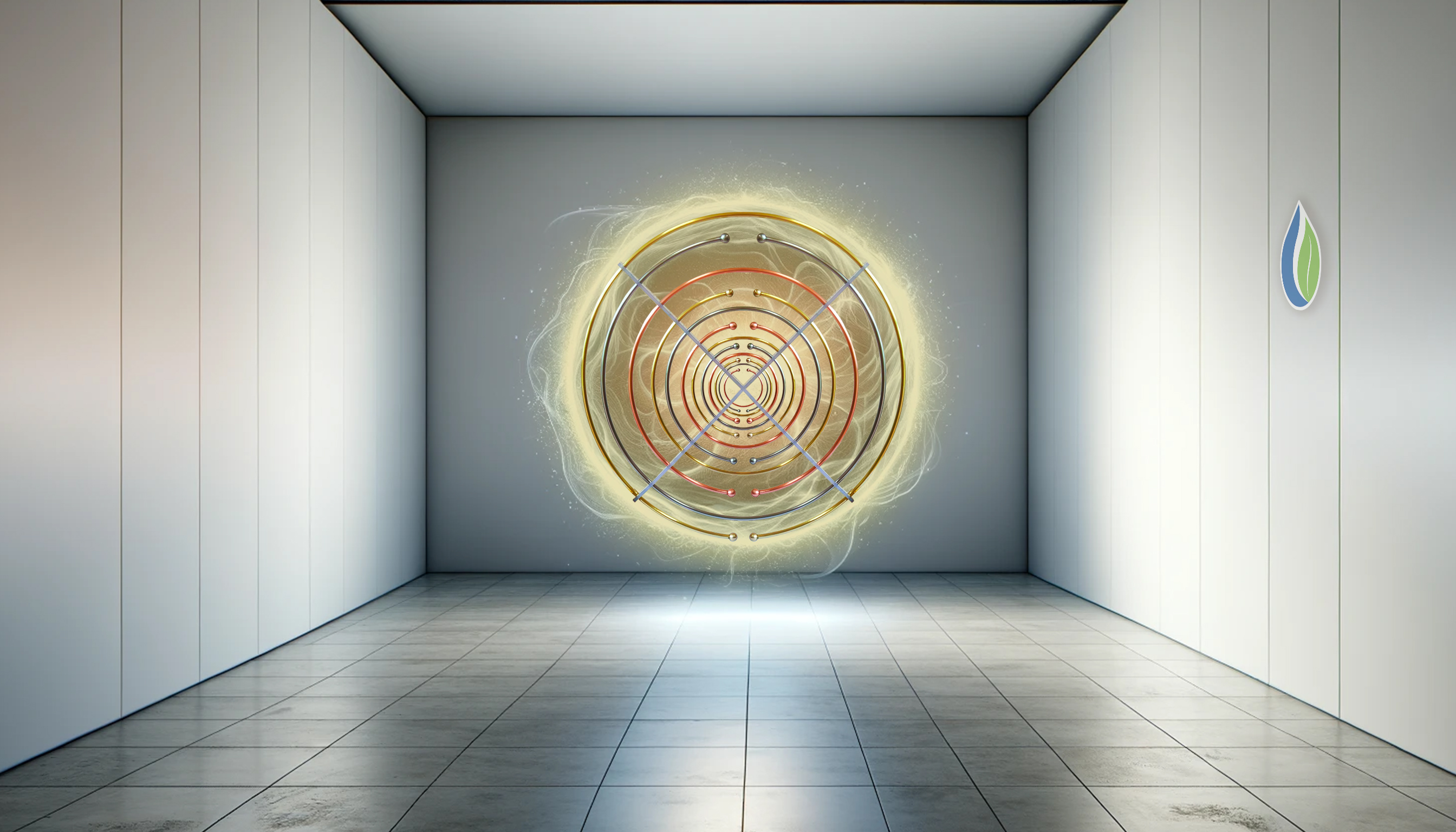
Lakhovsky's theories on cell regeneration and repair particularly focus on the use of his specially designed antennas with opened rings. According to Lakhovsky, these antennas can enhance the natural frequencies of cells, leading to improved cell health and vitality. The crucial element here is the opened rings of the antenna, which, according to Lakhovsky, have a specific reason for their effectiveness. In this blog, we will delve deeper into why these opened rings are essential and why closed rings would not have the same effect.
The Basis of Lakhovsky's Theory
Georges Lakhovsky, a Russian-French engineer, introduced the idea that living cells behave as oscillators, each with their own natural frequency. According to his theory, external oscillations that resonate with the natural frequencies of cells can enhance these, thus contributing to the health and vitality of the organism. Lakhovsky developed the MWO with ring-shaped antennas designed to produce a wide spectrum of frequencies, which could match and enhance the natural frequencies of various cells.
Why Opened Rings?
The unique construction of Lakhovsky's antennas is crucial for their functionality. The antennas are not completely closed rings but rather have an opening that appears to be essential for their operation. Here are some reasons why the opened rings are effective:
Resonance and Interference: Closed rings would produce a limited number of frequencies, mainly those that exactly match the natural modes of a closed loop. These are limited by the physical dimensions and shape of the ring. An opened ring, however, allows electromagnetic waves to escape and interferes less with itself, thus allowing a broader range of frequencies.
Non-linear Dynamics: The opening in the ring creates a discontinuity in the conduction path, which can lead to complex, non-linear dynamics in the oscillation patterns. This can result in the creation of harmonic and subharmonic frequencies that increase the likelihood of the antenna resonating with more varying cellular frequencies.
Energy Radiation: By having an opening, the antenna can more efficiently radiate energy into the environment. In a closed ring, the energy could be more concentrated and possibly self-canceling due to reflections within the ring itself.
The Limitations of Closed Rings
Closed rings have their own resonant frequencies that are strongly dependent on the size and shape of the ring. These specific frequencies can make it difficult to resonate with a wide range of cellular frequencies, limiting the effectiveness of the antenna in applications. Additionally, closed rings can lead to higher levels of internal reflections and standing waves, which reduce the radiation and thus the interaction with cells.
Conclusion
Georges Lakhovsky's theory and the design of his antenna with opened rings offer a fascinating look into the potential of electromagnetic treatments in supporting cell health. Although the scientific community remains divided on the effectiveness of such treatments, the concept of resonance frequencies and cellular communication through electromagnetic fields presents an intriguing area for further research. The unique design of Lakhovsky’s antennas with opened rings plays a key role in their purported ability to promote positive effects at the cellular level, a principle that remains a subject of both research and debate within the scientific communities.
